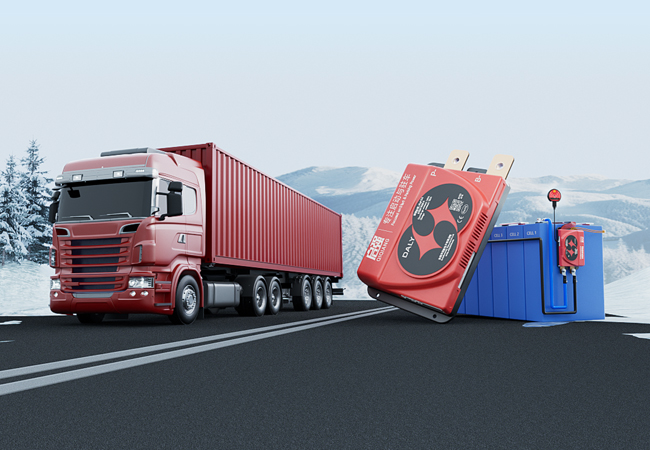If you've upgraded your truck's starter battery to lithium but feel it charges slower, don't blame the battery! This common misconception stems from not understanding your truck's charging system. Let's clear it up.
Think of your truck's alternator as a smart, on-demand water pump. It doesn't push a fixed amount of water; it responds to how much the battery "asks" for. This "ask" is influenced by the battery's internal resistance. A lithium battery has much lower internal resistance than a lead-acid battery. Therefore, the Battery Management System (BMS) inside a lithium battery allows it to draw a significantly higher charging current from the alternator—it's inherently faster.
So why does it feelslower? It's a matter of capacity. Your old lead-acid battery was like a small bucket, while your new lithium battery is a large barrel. Even with a faster-flowing tap (higher current), it takes longer to fill the larger barrel. The charging time increased because the capacity increased, not because the speed decreased.
This is where a smart BMS becomes your best tool. You can't judge charging speed by time alone. With a BMS for truck applications, you can connect via a mobile app to see the real-time charging current and power. You'll see the actual, higher current flowing into your lithium battery, proving it's charging faster than the old one ever could.

A final note: Your alternator's "on-demand" output means it will work harder to meet the lithium battery's low resistance. If you've also added high-drain devices like a parking AC, ensure your alternator can handle the new total load to prevent overload.
Always trust the data from your BMS, not just a gut feeling about time. It’s the brain of your battery, providing clarity and ensuring efficiency.
Post time: Aug-30-2025





